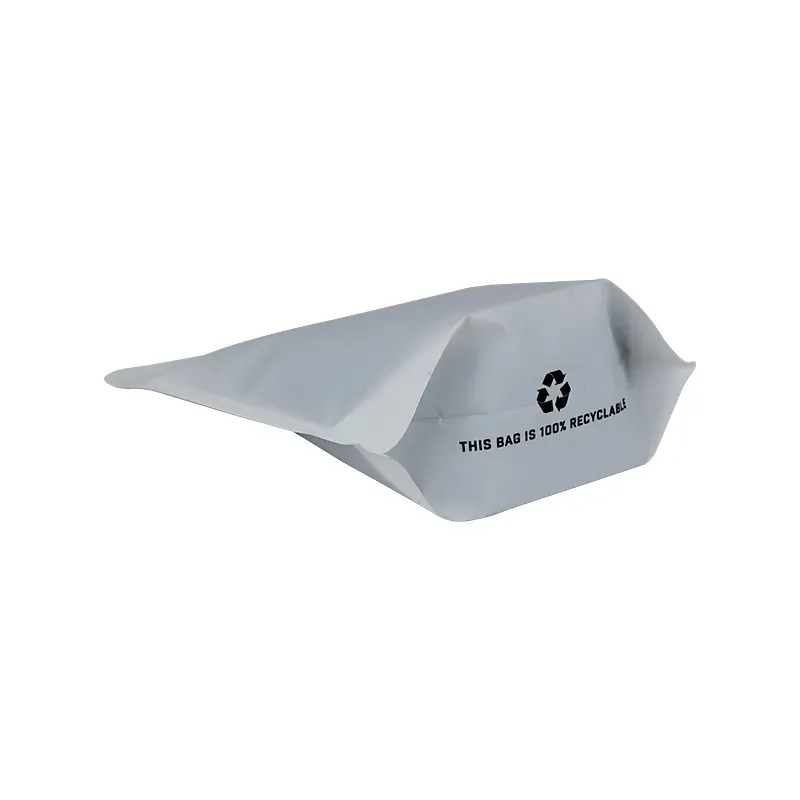- Afrikaans
- Albanian
- Amharic
- Arabic
- Armenian
- Azerbaijani
- Basque
- Belarusian
- Bengali
- Bosnian
- Bulgarian
- Catalan
- Cebuano
- chinese_simplified
- chinese_traditional
- Corsican
- Croatian
- Czech
- Danish
- Dutch
- English
- Esperanto
- Estonian
- Finnish
- French
- Frisian
- Galician
- Georgian
- German
- Greek
- Gujarati
- haitian_creole
- hausa
- hawaiian
- Hebrew
- Hindi
- Miao
- Hungarian
- Icelandic
- igbo
- Indonesian
- irish
- Italian
- Japanese
- Javanese
- Kannada
- kazakh
- Khmer
- Rwandese
- Korean
- Kurdish
- Kyrgyz
- Lao
- Latin
- Latvian
- Lithuanian
- Luxembourgish
- Macedonian
- Malgashi
- Malay
- Malayalam
- Maltese
- Maori
- Marathi
- Mongolian
- Myanmar
- Nepali
- Norwegian
- Norwegian
- Occitan
- Pashto
- Persian
- Polish
- Portuguese
- Punjabi
- Romanian
- Russian
- Samoan
- scottish-gaelic
- Serbian
- Sesotho
- Shona
- Sindhi
- Sinhala
- Slovak
- Slovenian
- Somali
- Spanish
- Sundanese
- Swahili
- Swedish
- Tagalog
- Tajik
- Tamil
- Tatar
- Telugu
- Thai
- Turkish
- Turkmen
- Ukrainian
- Urdu
- Uighur
- Uzbek
- Vietnamese
- Welsh
- Bantu
- Yiddish
- Yoruba
- Zulu
foil debossing
The Art of Foil Debossing Elevating Design with Subtle Elegance
In the world of design, every detail matters. One technique that has garnered attention for its elegance and sophistication is foil debossing. This technique, which combines the richness of foil with the tactile quality of debossing, creates an indulgent experience for the senses and enhances the visual appeal of printed materials. Whether it’s in packaging, stationery, or branding, foil debossing has become a favorite choice for designers aiming to convey luxury and refinement.
What is Foil Debossing?
Foil debossing is a specialized printing technique that combines two distinct processes—foiling and debossing. Foiling involves applying a reflective metallic or pigmented foil to a substrate, typically using heat and pressure to transfer the foil onto the surface. Debossing, on the other hand, is the process of creating an impression in the material, giving it a three-dimensional form.
When combined, foil debossing produces a stunning effect where the foil is intended to sit slightly below the surface of the material, creating a contrast between the shiny foil and the uncoated, textured paper. This interplay adds a tactile dimension to the design, inviting touch and intrigue.
Applications of Foil Debossing
The versatility of foil debossing lends itself to a wide range of applications. In the realm of packaging, foil debossing can transform simple boxes into luxurious gift packaging, enhancing the perceived value of the product inside. Brands often incorporate this technique into their logo designs, creating a focal point that stands out and captures attention.
Moreover, in wedding invitations and greeting cards, foil debossing infuses a sense of elegance and joy. Couples often choose this technique to underline their special day, creating invitations that delight recipients and set a sophisticated tone for the celebration. The marriage of metallic shine and depth provides an unforgettable visual that exudes personal charm.
foil debossing

Benefits of Foil Debossing
One of the key advantages of foil debossing is its ability to communicate luxury without being overly ostentatious. The subtlety of the debossing combined with the sheen of the foil creates an understated elegance that appeals to discerning customers. This balance allows brands to position themselves as high-end without shouting it from the rooftops.
Additionally, foil debossing offers a memorable tactile experience. In an age where consumers are bombarded with digital content, creating printed materials that invite physical interaction can leave a lasting impression. The raised areas offer a unique sensory experience, encouraging potential customers to engage with the product on a deeper level.
Considerations and Challenges
Of course, achieving beautiful foil debossing involves careful planning and consideration. The choice of materials is critical; not all papers are suitable for this process, and the type of foil used can also significantly affect the final appearance. This technique typically works best on thicker, uncoated stocks that can withstand the pressure of the debossing process while still allowing the foil to adhere effectively.
Moreover, operational costs can be higher for foil debossing than for standard printing processes, which can be a barrier for smaller businesses or projects with tight budgets. However, the investment often pays off when the final product stands out in the marketplace.
Conclusion
Foil debossing is more than just a printing technique; it’s a sophisticated approach to design that elevates the ordinary into the extraordinary. With its tactile qualities and striking visuals, it caters to brands that seek to convey luxury and craftsmanship. As more designers continue to explore and innovate within this realm, foil debossing will undoubtedly remain a preferred choice for creating memorable and impactful designs. Whether for packaging, invitations, or branding, the elegance of foil debossing ensures that the art of print will continue to captivate and inspire.













